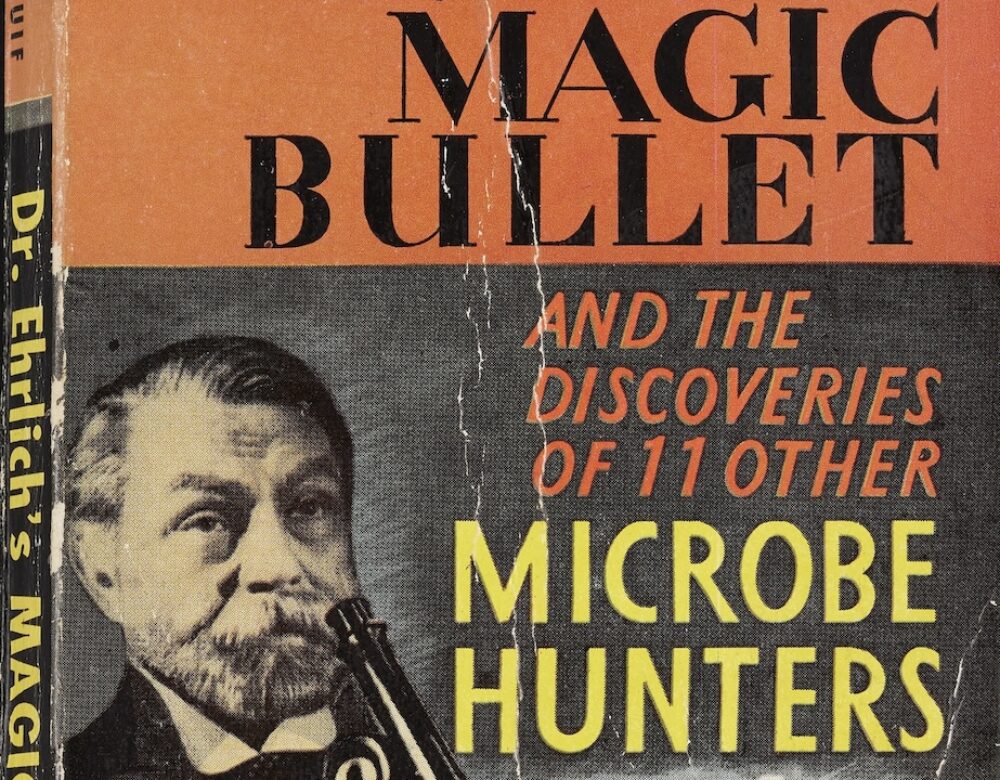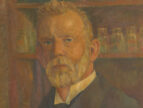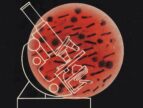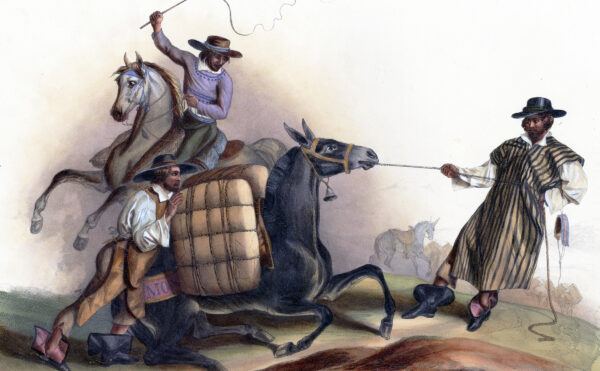In 1676 a Dutch tradesman named Antonie van Leeuwenhoek officially became the first person to discover an entire world of tiny organisms using a microscope he built himself. Unbeknownst to Leeuwenhoek and anyone else at that time, those organisms profoundly affect human health. They float through the air and cover nearly every surface on Earth, performing the alchemy of life—transforming one kind of molecule into another.
In 1926 Paul de Kruif published Microbe Hunters, a book credited with turning quite a few of its readers into microbiologists. De Kruif’s book recounts Leeuwenhoek’s discovery, as well as many others: how Lazzaro Spallanzani demonstrated in 1765 that microbes beget other microbes; how Louis Pasteur’s fermentation experiments in the 1850s led him to support germ theory; and how Pasteur, along with Robert Koch and others, eventually swayed scientific opinion toward germ theory.
De Kruif was a microbiologist, at least until he was fired from the Rockefeller Institute in 1922 for writing about the unscientific state of medical practice. He then traded his career for a chance to share with nonscientists his microscopic fascinations. His writing style is reminiscent of adventure stories in the mold of Treasure Island, only de Kruif’s heroes were capturing tsetse flies in African jungles instead of fighting pirates. As de Kruif wrote of David Bruce’s adventures,
No one before had so effectively romanticized scientific experimentation. Indeed, de Kruif was one of the first scientists to even attempt a literary career. Microbe Hunters was a hit and captured the imagination of a generation of young readers.
The book ends with a lament that little had been achieved in the field since Paul Ehrlich’s cure for syphilis in 1910. The next generation of explorers answered that challenge by discovering the first polio vaccine (Jonas Salk, 1950s), by determining how the neurological disorder kuru spread among tribes in Papua New Guinea (Daniel Carleton Gajdusek, 1960s), and by splicing the genes of bacteria and viruses to create the first manmade recombinant DNA (Paul Berg, 1971).
In interviews and papers many scientists have credited de Kruif’s book with inspiring them. Stephen Greenberg, the dean of medical education at Baylor College of Medicine, recalled reading Microbe Hunters as a teenager in the 1950s. It served both as entertainment and as an impetus to start a career in medicine. Similarly, Moselio Schaechter, a retired professor at Tufts University School of Medicine, cites reading the book at age 14 in 1938 as his inspiration to become a microbiologist. Bernard Strauss, another microbiologist, wrote a memoir in the journal DNA Repair, the sweep of which mirrored Schaechter’s and Greenberg’s experience.
Microbe Hunters was clearly designed to be informative entertainment, stories that might push the next generation into science. But as a work of history the book has its flaws. De Kruif was not above exaggerating historical details to make his narrative more exciting. Passages describing the thoughts running through a character’s head in a moment of insight are too convenient to be realistic. During Pasteur’s discovery of his rabies vaccination, for example, de Kruif quotes him as raving, “This is our chance—this is my most remarkable discovery—this is a vaccine I’ve discovered . . . We will save lives!”
De Kruif did not hesitate to recount unflattering personal details to enhance his narrative. He accused Ronald Ross, a British doctor who had received the Nobel Prize in 1902 for his work with malaria, of failing his exams at medical school and of botching a literary career. De Kruif also picked sides, asserting that Ross’s accomplishments were entirely built on the work of another. Enraged, Ross threatened to sue de Kruif and had the chapter about him removed from the British edition of the book.
No matter how we look at Microbe Hunters—be it as a work of historical fiction or an excuse for de Kruif to exaggerate the accomplishments of his microbiologist peers—the book took science, and its readers, far beyond sterile beakers and stuffy professors. Perhaps de Kruif’s biggest accomplishment is reminding us that great adventures can take place right under our noses. And while we read, microorganisms slowly break down the pages of our books.






